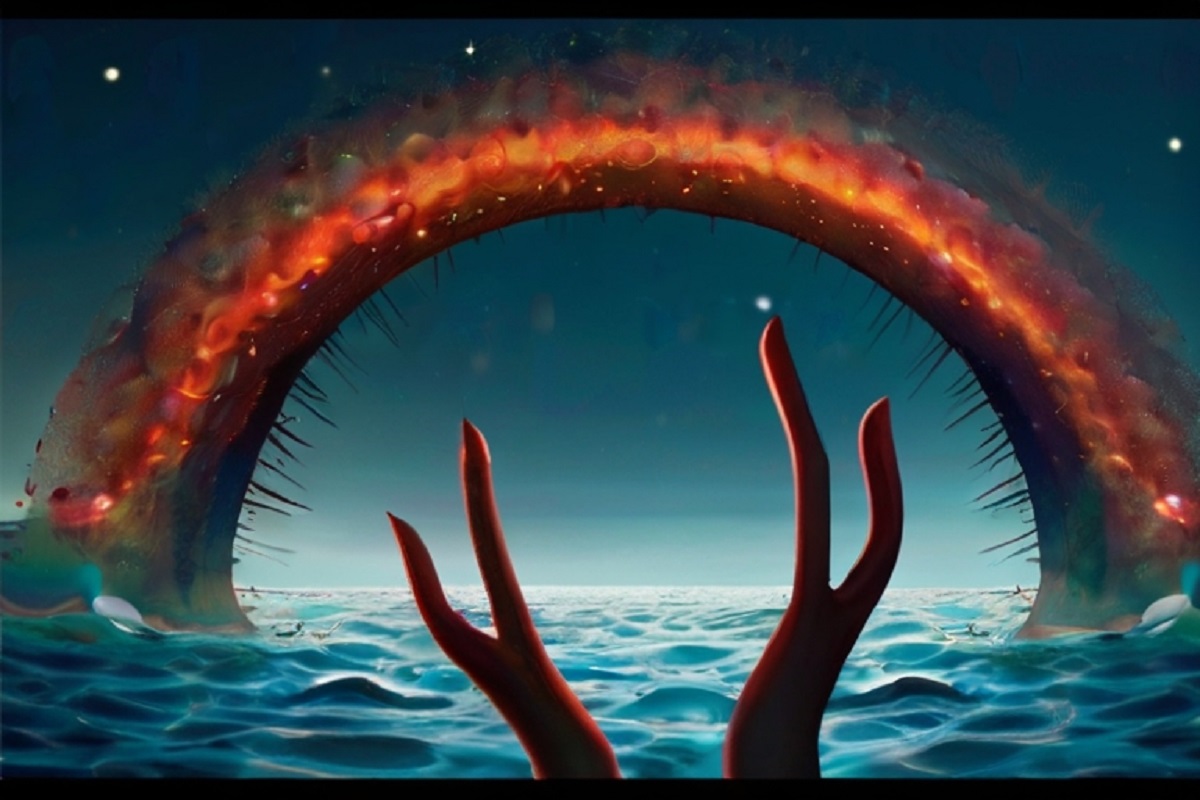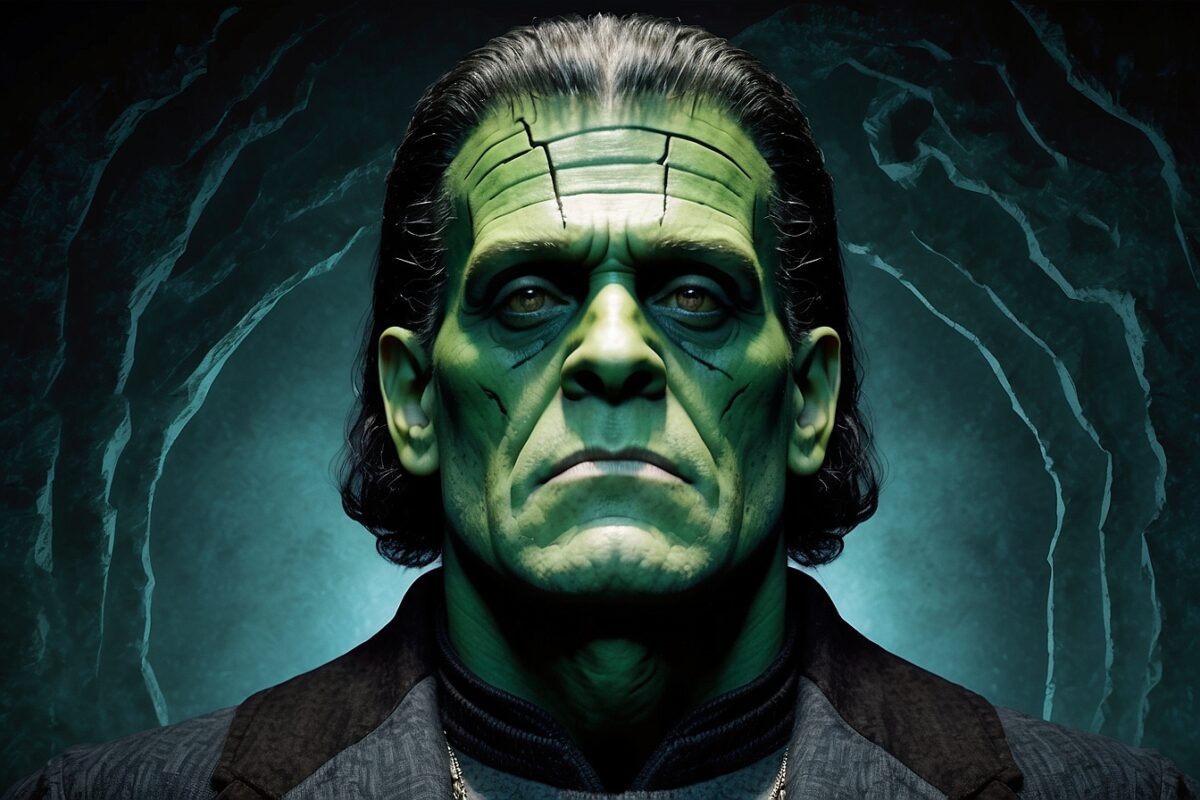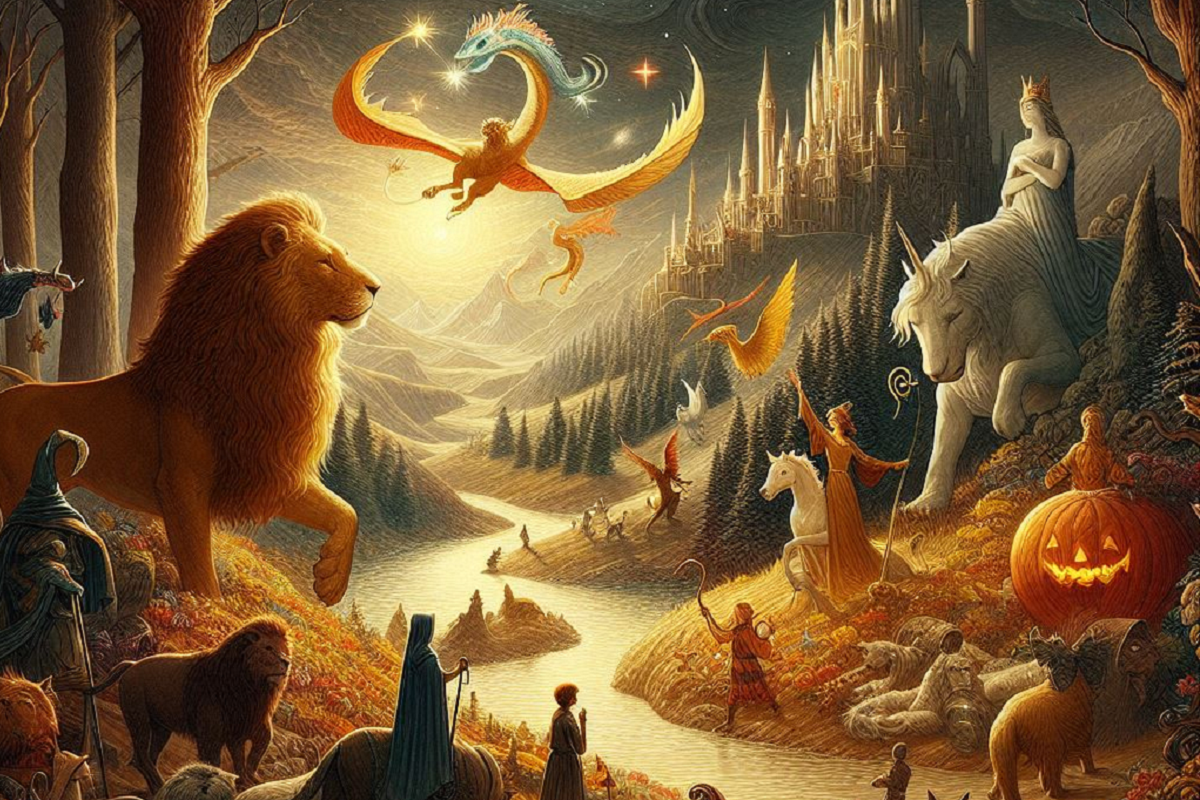The worlds of Narnia and Hogwarts have enthralled readers for generations. Both series whisk ordinary children away to fantastical worlds brimming with magic, mythical creatures, and epic battles between good and evil. Are Narnia and Harry Potter connected? Let’s find out!
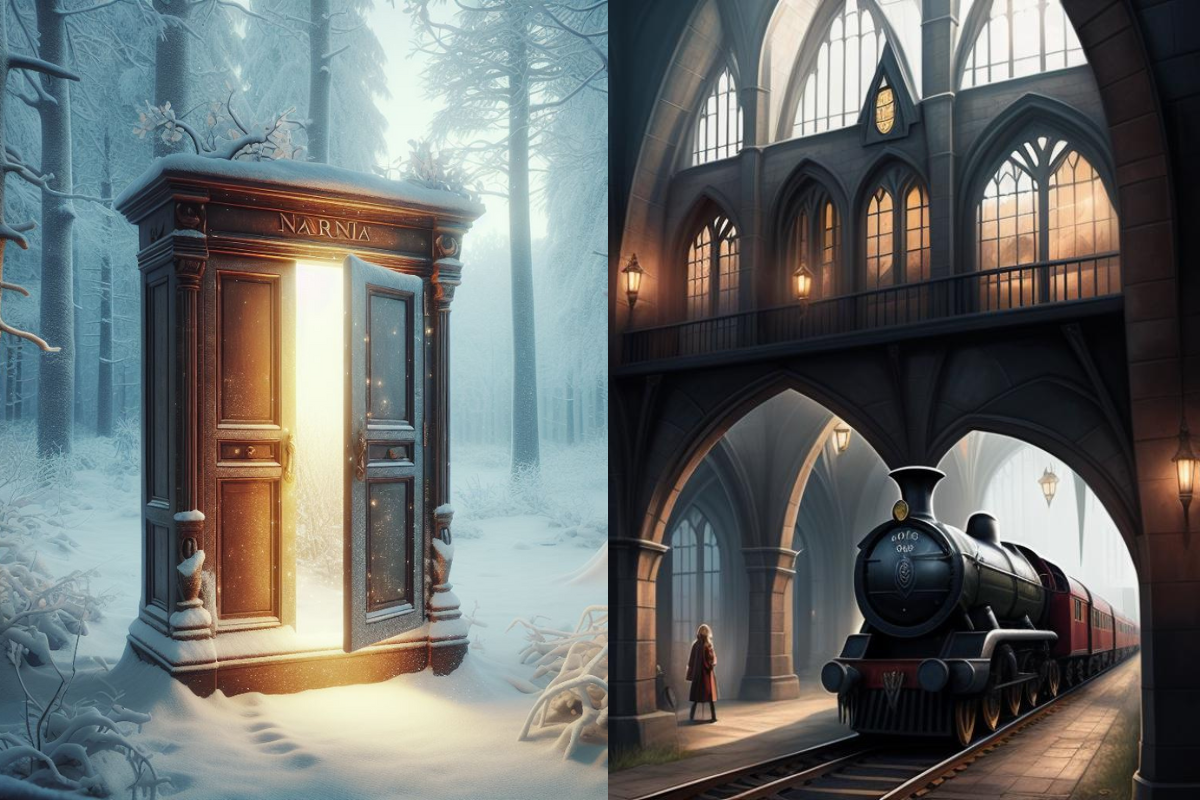
Are Narnia and Harry Potter Connected?
No, The Chronicles of Narnia by C.S. Lewis and Harry Potter by J.K. Rowling are not connected in terms of their storylines or universes. They are entirely separate works with their own unique settings, characters, and mythologies.
The Chronicles of Narnia primarily revolves around the adventures of children who find themselves in the magical land of Narnia. They encounter talking animals and mythical creatures and engage in battles between good and evil.
On the other hand, Harry Potter follows the story of a young wizard named Harry Potter and his friends. They attend Hogwarts School of Witchcraft and Wizardry and confront the dark wizard Voldemort.
Fans may draw comparisons between the two series due to their popularity and themes of magic and adventure. But there is no direct connection between The Chronicles of Narnia and Harry Potter. Each series stands on its own and has its own dedicated fanbase.
Similarities Between Narnia and Harry Potter
However, there are some interesting connections that fans have drawn between the two series:
1. Themes: Both series are coming-of-age stories with good versus evil themes and magical elements. Narnia’s narrative revolves around the Pevensie siblings fighting against the White Witch, Jadis, and restoring peace to the land. Similarly, Harry Potter embarks on a lifelong mission to defeat the dark wizard Voldemort.
2. Possible Inspiration: J.K. Rowling has admitted to being a fan of Narnia. So, some fans believe she may have drawn inspiration from it for her own work. For instance, there are interesting parallels between the Pevensie siblings and the founders of Hogwarts.
- Peter, the valiant leader, embodies Gryffindor’s bravery
- Susan’s practicality aligns with Hufflepuff’s loyalty
- Lucy’s inquisitive nature mirrors Ravenclaw’s thirst for knowledge
- Edmund’s initial betrayal resonates with Slytherin’s ambition
3. Magical Elements: Both series employ magical elements to propel the narrative. In Narnia, you can find talking animals like Aslan the lion and Mr. Tumnus the faun. In Harry Potter, there are owls, phoenixes, mischievous house elves, wands, Invisibility Cloak, and Time-Turner.
4. Teleporting Portal: Narnia’s wardrobe acts as a passage between the ordinary and fantastical worlds. Similarly, Platform 9¾ at King’s Cross Station serves as a hidden gateway to the wizarding world in Harry Potter.
While these connections are fun to explore, there’s no evidence that the worlds themselves are linked within the stories.
However, significant distinctions differentiate Narnia and Harry Potter.
- Narnia is a land unto itself, existing as a separate dimension with its mythology, flora, and fauna. In contrast, the wizarding world in Harry Potter coexists alongside our reality, hidden from non-magical folk.
- Talking animals are common, and magic is more whimsical, often defying clear rules or explanations. Magic in Harry Potter operates within a codified system of spells and potions learnt at Hogwarts. Therefore, it creates a sense of structure and discipline.
Do the Pevensies and the Hogwarts Founders Connect Narnia and Harry Potter?
The Pevensies and the Hogwarts founders don’t necessarily create a direct connection between Narnia and Harry Potter. But their similarities are a fun fan theory and highlight interesting points about both series.
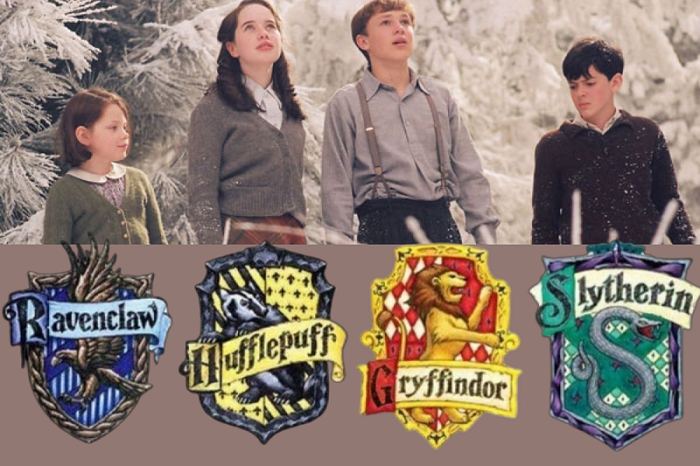
Are Harry Potter and The Chronicles of Narnia Part of the Same World?
While both the Harry Potter and Chronicles of Narnia series are beloved works of fantasy literature and appear connected, they are not part of the same world. Here’s why:
- Magic systems: Magic in Harry Potter is largely based on spells, potions, and inherent magical ability, often tied to bloodlines. In Narnia, magic is more mysterious and often connected to the presence of Aslan, the great lion, and the natural world.
- Creatures: While both series feature fantastical creatures, they are distinct. Harry Potter has creatures like house-elves, dementors, and hippogriffs, while Narnia has talking animals, fauns, and centaurs. There’s little overlap between the two menageries.
- World structure: Harry Potter’s magical world is hidden within the mundane world, existing alongside it. Narnia is a separate world, accessible through magical portals.
- Linear or Fluid Time: Time in the Harry Potter world mostly flows as it does in our world. Characters age, years pass, and events happen in a chronological order. Time in Narnia is much more flexible and doesn’t always align with time in our world. Years can pass in Narnia while only moments pass in our world, and vice versa. This makes it impossible to directly correlate events between the two worlds.
- Time Period: Harry Potter’s main story is roughly 7 years. The wider Wizarding World timeline, including Fantastic Beasts, spans a much longer period, but it’s less focused on a single group of characters. The Chronicles of Narnia has a more flexible timeline. It’s impossible to give a definite duration due to the way time works in Narnia.
Ultimately, whether directly connected or not, both the Narnia and Harry Potter series’ offer wonder and magic. The similarities enrich the reading experience. It allows creative interpretations and appreciation of how authors use familiar elements to craft unique worlds.
Recommended: The School for Good and Evil | Summary, Themes, and Quotes

